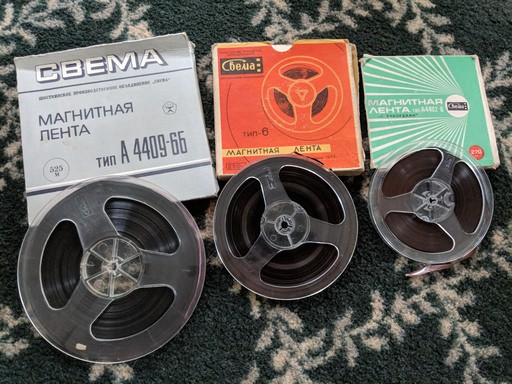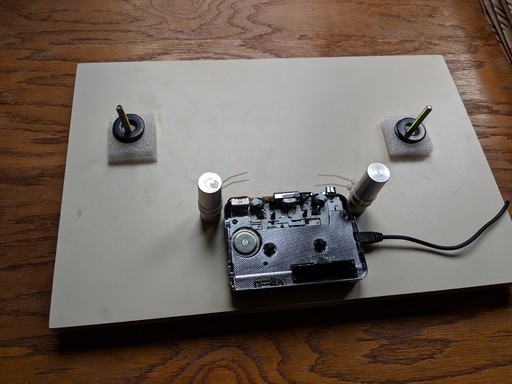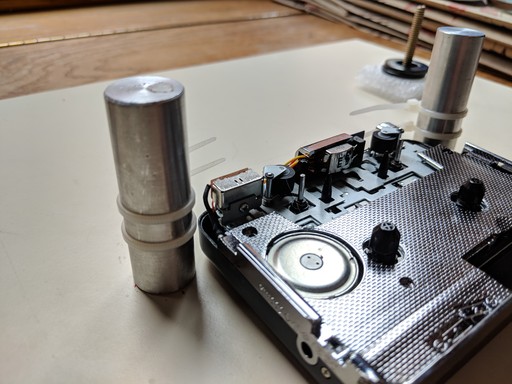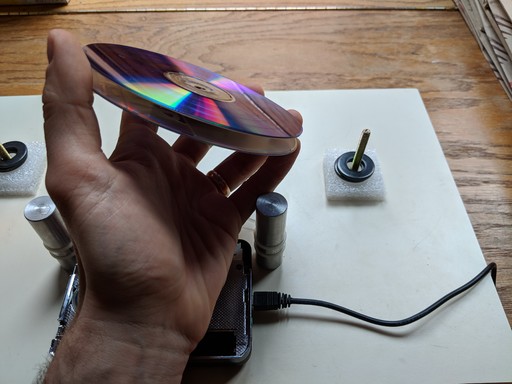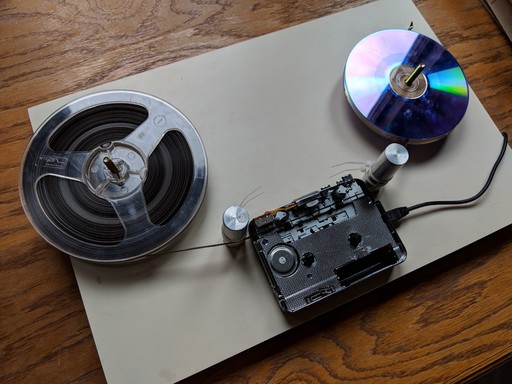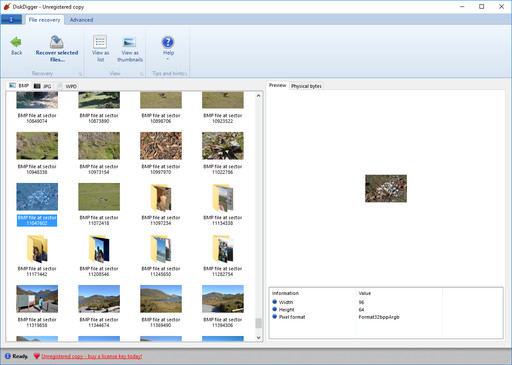Most of us have seen optical illusions, and witnessed firsthand how a simple but specially crafted illustration can completely trick our brain, whether it’s an illusion involving depth perception, motion perception, color perception, etc. One of my favorites is this illusion involving checkered squares with alternating shades of gray (Is square A darker than square B?):
 Credit: Wikimedia Commons.
Credit: Wikimedia Commons.
When I first saw the above illusion, I found it unfathomable that squares A and B are actually the same color, and yet it’s true. The illusion is so powerful, I had to open the image in Photoshop and literally look at the pixel color values of the squares to convince myself that they are the same.
But actually, we don’t even need to resort to any specially contrived images to fool our visual circuits, since our eyes themselves have a built-in defect – a consequence of the eye’s evolutionary history – a blind spot that gets patched over in real time by the software of our consciousness. This allows us to go on with our lives being completely oblivious of this defect (unless we consciously look for it), but it basically means that we experience this genuine illusion during every waking moment.
These kinds of illusions powerfully illustrate how a simple misfire of our sensory perceptions can send our understanding of the world completely astray, and how our consciousness has adapted to compensate for the laughable fallibility of our senses.
My question is the following: If it’s this easy to fool our visual processing circuits, what kinds of illusions might be at work at higher levels of our consciousness? What other blind spots are auto-filled by the software of our brain, making us oblivious to their true nature?
The key to uncovering and understanding illusions, I think, is cognitive effort. It takes cognitive effort to realize that the illustration at the top of this article is, in fact, an illusion. It takes cognitive effort to expose and become aware of the blind spot in your own eyes. What other illusions might we uncover if we keep building up the muscles of cognitive effort?
Perhaps we might discover that the Earth, instead of being a flat plane with a dome covering it, is actually a spheroidal mass that orbits the Sun, contrary to all of our intuition.
Perhaps we’ll discover that the Sun is actually one of billions of other suns, and is by no means unique among them, and that our galaxy is one of billions of other galaxies, with similarly little uniqueness about it.
We might also discover that the folk tales and mythologies of our ancestors are not literally true, but are merely expressions of the fears, aspirations, ideals, and desires that we all share, especially the desire to find meaning and purpose in a world that doesn’t grant us purpose on its own.
And perhaps we’ll discover that free will itself, far from being a gift bestowed on us by a creator or even a self-evident property that emerges from our consciousness, is actually the grandest illusion of all: that all of our thoughts and actions are consequences of deterministic physical laws.
But all of these realizations need not lead us towards fatalism or nihilism, for these too are illusions. If the universe doesn’t grant us a purpose ex nihilo, it shouldn’t stop us from being able to create our own purpose. And if it really is true that the laws of physics underlie all of our choices, it doesn’t make our choices any less meaningful or consequential, and it doesn’t mean that we should stop striving to make better choices that improve the lives of current and future generations.
And of course, none of this takes into account the illusions of higher and higher order that we’re bound to uncover in the future, and all the consequences of those discoveries that we can’t even fathom in the present. The one thing we must not stop doing is exerting our cognitive effort to keep discovering and untangling illusions, wherever we might find them. The immortal words of Stephen Jay Gould come to mind:
We are the offspring of history, and must establish our own paths in this most diverse and interesting of conceivable universes – one indifferent to our suffering, and therefore offering us maximal freedom to thrive, or to fail, in our own chosen way.
